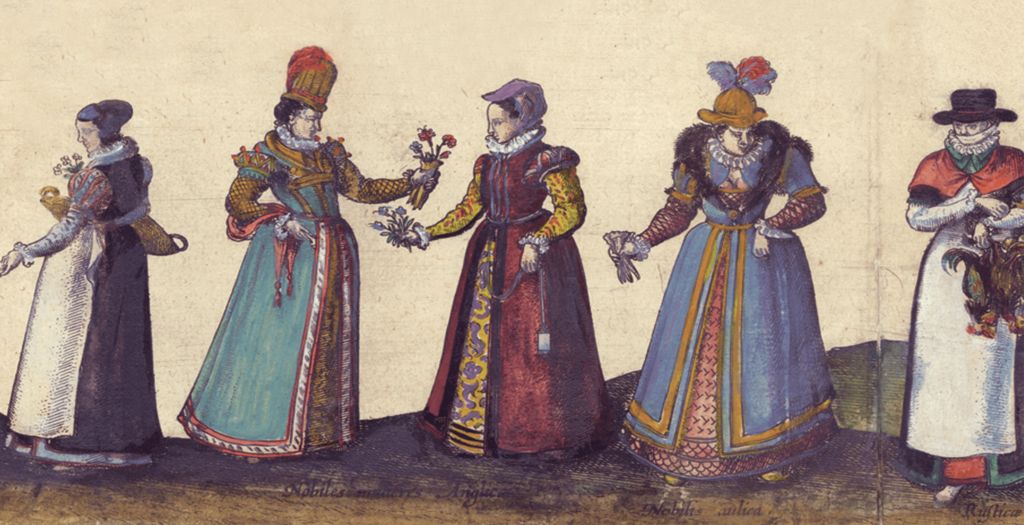The Hidden Lives of Tudor Women
Read an excerpt from Elizabeth Norton’s new give-it-to-me-straight history of 16th-century English gals

Thanks to Shakespeare, we know all about the seven stages of man. But do these same stages—child, student, lover, fighter, worker, retiree, and elder—apply to men’s better halves? In her new book, The Hidden Lives of Tudor Women, Elizabeth Norton riffs on this structure to show us the varied lives of both everyday 16th-century women and those frumpy royals. In addition to the two eponymous Elizabeth Tudors, who bookend the Tudor epoch, we’re introduced to a girl-turned-prophetess, a businesswoman, a widow, and a heretic, among others. There are both women “whose horizons seem sunlit,” Norton writes, “and those whose lives ended in despair, in a noose tied by their own hands.” At times bleak—Norton doesn’t shy away from rape, infanticide, and riots—this history helps to imagine the lives of the people who were written out of memory and literature. Read this excerpt on an especially neglected population, even today: older women.
Old age could be particularly hard on women. Contemporaries had only to consider the wildly popular Women’s Secrets to know that old women should be viewed with suspicion. Best keep these crones away from infants, cautioned the learned text, since they could “poison the eyes of children lying in their cradles by their glance.” All women were “entirely venomous,” readers were told, but in earlier years menstrual blood at least served to dilute these evil humors. With the onset of the menopause, the poison was left to stew fetid in the body, with the worst toxins escaping malignantly through wrinkled eyes. It was advisable to be wary of these spider-like old women, especially the poorer sort, who were worse than the rich thanks to a diet of “coarse food, which contributes to the poisonous matter.”
It is no surprise that old women, therefore, were disproportionately victims of the charge of witchcraft. In one case, on Sunday 15 August 1574, two young Londoners, Agnes Briggs and Rachel Pinder, were taken to Paul’s Cross, where they gave penance and publicly admitted that they had pretended to be bewitched. Rachel, who was eleven years old, had been particularly artful, arching her back and vomiting out hair, feathers and threads. Briggs, who had seen Pinder perform, had aped her; hiding pins and fabric in her cheeks before bringing them forth in feigned fits. Both had named “Old Joan” as the cause of their affliction—their neighbor, elderly Joan Thornton. She was fortunate that the girls’ duplicity was soon uncovered, though Briggs’s subsequent remorse and desire “to ask forgiveness of the said Joan Thornton” can have been little comfort.
Excerpted from The Hidden Lives of Tudor Women by Elizabeth Norton, published by Pegasus Books. Reprinted with permission. All other rights reserved.

